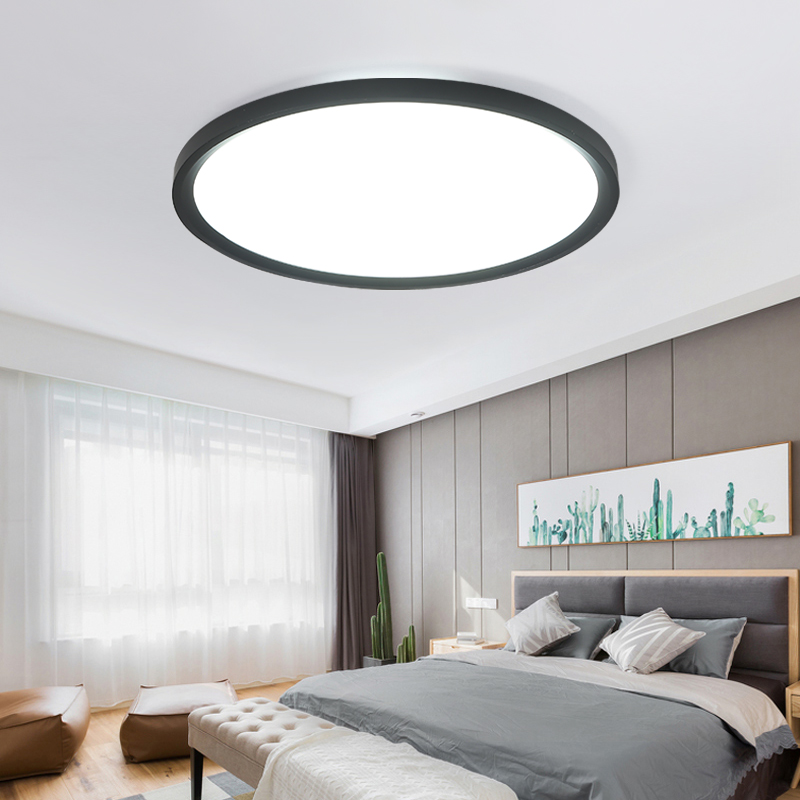With the progress of society, people become more dependent on the application of artificial light, which is commonly used in household LED energy-saving lamps, LED plant growth lamps, RGB stage lamp, LED office panel light etc. Today, we will talk about the quality detection of LED energy-saving lamps.
LED light safety performance module:
Common self-ballast LED lamp refers to the lamp cap in accordance with IEC 60061-1, containing LED light source and the necessary elements to maintain a stable ignition point and make them as one of the lighting equipment. This lamp is generally suitable for household and similar places, for lighting use, it is not removable without damaging its structure. Its power needs to be kept below 60 W; The voltage should be kept between 50 V and 250 V; The lamp holder must comply with IEC 60061-1.
1. Detection safety mark: The mark should indicate the source of the mark, product voltage range, rated power and other information. The mark should be clearly and durable on the product.
2. Product exchange testing: In case of LED and other failure lights, we need to replace them. In order to ensure that the products can be used together with the original base, the lamps should use the lamp caps stipulated by IEC 60061-1 and the gauges in accordance with IEC 60061-3.
3. Protection of live parts: The structure of the lamp shall be designed so that the metal parts in the cap or body of the lamp, basically insulated external metal parts and live metal parts cannot be reached when the lamp is installed in a lamp holder conforming to the data binder of the lamp holder, without a luminar-shaped auxiliary housing.
4. Insulation resistance and electrical strength after wet treatment: insulation resistance and electrical strength are the basic indicators of LED lamp material and internal insulation. The standard requires that the insulation resistance between the current carrying gold part of the lamp and the accessible parts of the lamp should not be less than 4 MΩ, electrical strength (HV lamp head: 4 000 V; BV lamp cap: 2U+1 000 V) flassion or breakdown is not allowed in the test.
EMC safety testing module such as LED:
1. Harmonics: IEC 61000-3-2 defines the limits of harmonic current emission of lighting equipment and the specific measurement methods. Harmonic refers to the current contained in the frequency of integral multiples of the fundamental wave charge. In the circuit of lighting equipment, because the sine wave voltage flows through the nonlinear load, non-sine wave current is generated, non-sine wave current generates voltage drop on the grid impedance, so that the grid voltage waveform also forms non-sine waveform, thus polluting the grid. High harmonic content will lead to additional loss and heating, increase reactive power, reduce power factor, and even damage equipment, endanger safety.
2. Disturbance voltage: GB 17743-2007 “Limits and measurement methods for radio disturbance characteristics of Electrical lighting and similar equipment” gives the disturbance voltage limits and specific measurement methods when the disturbance voltage of self-ballast LED lamp exceeds the limit, it will affect the normal work of the surrounding electronic and electrical equipment.
With the development of LED lighting, LED production technology is constantly improving, and new application environment and methods will also produce new LED testing standards. In order to ensure the safety of the society and people, the testing standards will continue to be refined and strict, which requires third-party testing institutions to improve their own testing capabilities, but also let manufacturers understand that, Only by producing sophisticated and practical LED lighting products can we maintain the competitive strength of our products and occupy a place in the market environment.
Post time: Dec-02-2022








